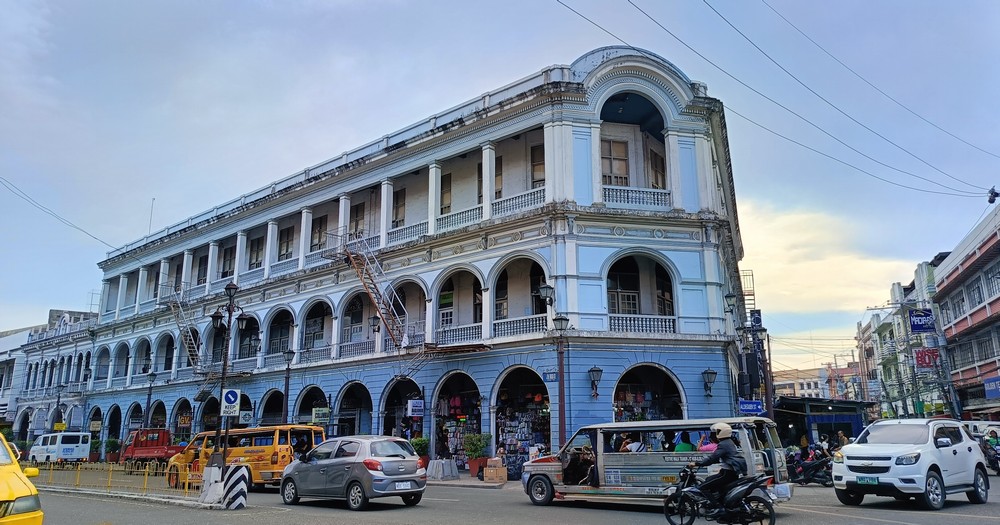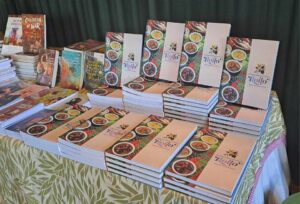Iloilo City’s Calle Real joins WV Sugar Heritage Train vying for UNESCO World Heritage

The Western Visayas (WV) Sugar Heritage Trail, which includes Calle Real in Iloilo City, is vying for inclusion in the United Nations Educational, Scientific and Cultural Organization (UNESCO) World Heritage List.
Nominated by UNESCO-Philippines, the trail made it to the World Heritage Tentative Lists.
It will be needing submission of documentation to substantiate the trail’s identified areas and properties’ “outstanding universal value” and to be deliberated by UNESCO if it is suitable for inscription in the World Heritage List.
Calle Real, which has been identified as integral part of the Panay and Negros sugar heritage trail, is the city’s old central business district, and was declared as heritage zone by the National Historical Commission of the Philippines (NHCP).
“”I am very happy… We might be the first city with a Calle Real identified in the UNESCO World Heritage List,” Mayor Jerry P. Treñas said.
Aside from Calle Real in Iloilo City, the region’s sugar heritage trail also includes, among others, the Historic Center of Silay City, which has a large collection of preserved heritage houses that have been declared also by the NHCP as part of the Silay National Historical Landmark.
“The Sugar Cultural Landscape of Negros and Panay Island showcases the legacy of the sugar industry brought by the industrialization of sugar production in the late 18th century, such as mills, factories, plantations, buildings, and mansions that reflect the social and economic dynamics of the late Spanish-colonial and American-colonial eras,” stated in the UNESCO World Heritage Convention website.
The nomination stemmed from a proposal by the Department of Tourism (DOT) to explore the possibility of establishing a Western Visayas Sugar Heritage Trail.
Citing the role of the region in the world’s sugar industry, the objective is to provide better understanding of the industrial heritage and identify the opportunity for sugar heritage tourism products.
Initially, there were 127 identified trails or remnants and landmarks of the industry—87 are in Negros Occidental, 25 in Iloilo, five in Guimaras, seven in Capiz, and three in Antique.
In Iloilo City, among the distinct features connected to the trail, are the historical district of Calle Real in City Proper, and the districts of Jaro, La Paz and Molo.
Treñas also previously stated that the sugar industry in the region started in Iloilo, and has transferred to Negros because of the vast tracts of land available in the province.
“That is very significant because we have to look back at the past before we can move forward. This means we have a very great history that we should be proud of,” Treñas said. (Iloilo City PIO/with reports from PNA)







